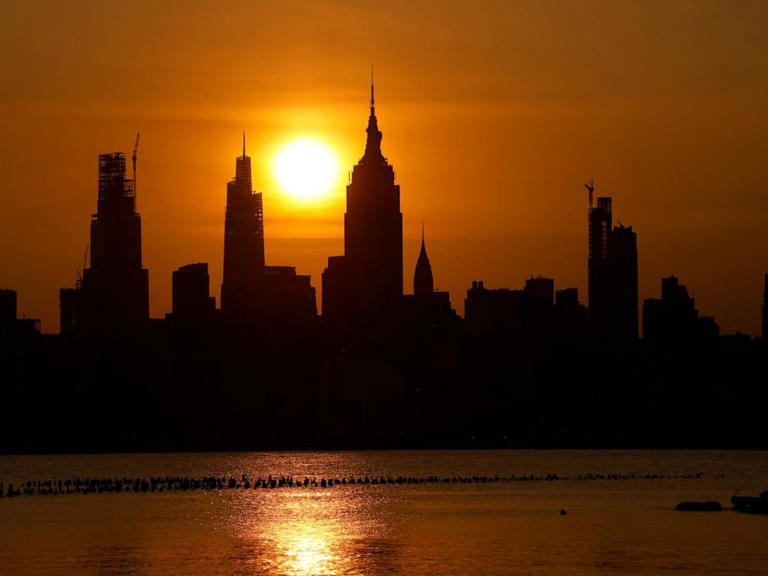The Hajj pilgrimage in Mecca, Saudi Arabia, has witnessed hundreds of fatalities, due to the growing threat of extreme heat waves.
Temperatures soared to 51.8 degrees Celsius (125 Fahrenheit) during the annual gathering, contributing to an increased death toll among the 1.8 million participants.
The extreme heat wave during Hajj 2024 has led to the deaths of hundreds of pilgrims, with numerous reports from various countries. Egypt alone has reported 323 deaths due to heat-related illnesses, according to unnamed Arab diplomats. Other nations have also faced tragic losses: Indonesia reported 138 deaths, Jordan 41, and Tunisia 35. The Associated Press, reporting from Mecca, highlighted a triple-digit death toll and detailed scenes of chaos as people sought information about missing loved ones at emergency health facilities.
The intense heat posed severe challenges for pilgrims, particularly those who were unregistered and lacked access to services and facilities, such as air-conditioned tents. “The numbers were huge… We could not breathe,” said Ahmad Bahaa, a 37-year-old engineer from Egypt. He described the “shocking scenes” of people collapsing from the heat, ambulances constantly in motion, and individuals sleeping on sidewalks in desperate attempts to find relief.
Despite Saudi Arabia’s extensive efforts to mitigate heat-related risks, including the erection of over 100,000 air-conditioned tents, water distribution, and the installation of cooling measures, the extreme heat wave proved overwhelming. A recent paper by Saudi researchers expressed concerns about the adequacy of current measures in the face of escalating heat conditions.
The Hajj, one of the five pillars of Islam, requires Muslims with the means to undertake the pilgrimage at least once in their lifetime. However, the convergence of millions in Mecca, an inland city affected by humid air from the Red Sea, exacerbates the risks during periods of extreme heat. The mass gathering, often involving prolonged outdoor activities, becomes particularly perilous under such conditions.
Projections for the future are concerning. By 2050, Mecca is expected to experience 182 days of dangerous heat annually for those outdoors in the sun, and 54 days of hazardous heat even in the shade, according to an analysis by The Washington Post and CarbonPlan. These figures starkly contrast with the near-zero days of such heat at the turn of the century.
A 2019 study highlighted a significant warming trend in Mecca over the past 30 years, attributing a 2°C increase to human-caused climate change. This trend is expected to exacerbate the already challenging conditions during the Hajj, particularly when it coincides with the hottest months, projected to occur again between 2047 and 2052.
Pilgrims like Adonis Imam, a physician from Augusta, Georgia, described the heat as unprecedented and exhausting. “Even short walks would take a toll on us,” Imam said, acknowledging that misting and cooling measures provided some relief, though many struggled to find cool places to stay.
The Saudi state news agency has reported thousands of cases of heat stress and sunstroke but has yet to release an official death toll.



